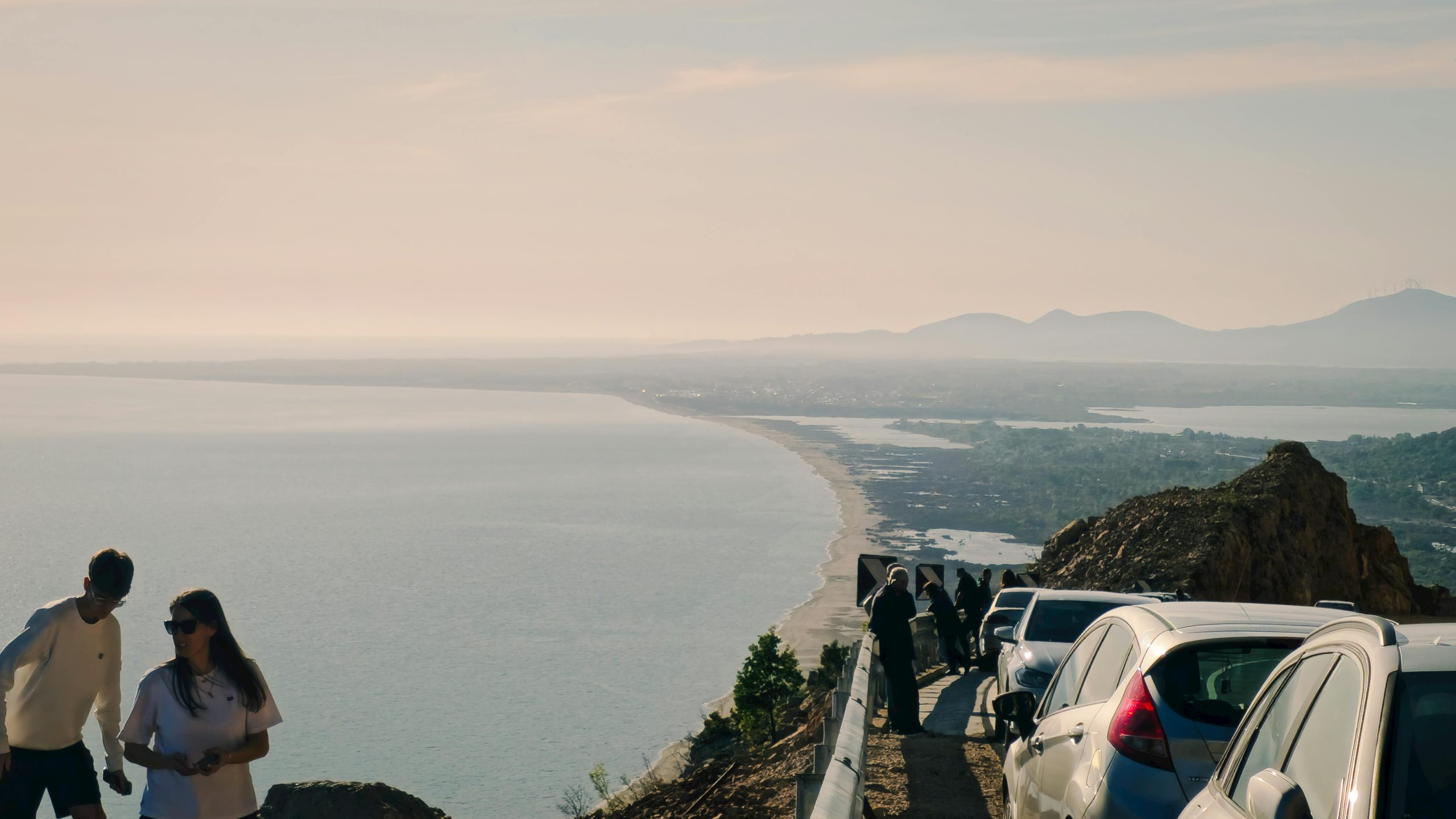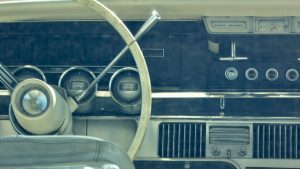Spotting Flood-Damaged Cars After Natural Disasters
After a natural disaster strikes, the aftermath can be devastating for many people. One of the major consequences of natural disasters, particularly floods, is the damage caused to vehicles. Flood-damaged cars can pose a serious threat to both the environment and public safety, making it important to know how to spot them before purchasing. In this article, we will discuss the telltale signs of flood-damaged cars after natural disasters and how to avoid falling victim to the purchase of one.
What are Flood-Damaged Cars?
Flood-damaged cars are vehicles that have experienced water damage either due to being submerged in floodwaters or being caught in a storm. These cars often come with hidden problems that can lead to costly repairs or even safety hazards for the driver and passengers.
Why are Flood-Damaged Cars a Concern?
The first and most obvious reason why flood-damaged cars are a concern is the potential danger they pose to public safety. Water damage can compromise the structural integrity of a vehicle, making it unsafe for driving. In addition, floodwaters often carry harmful chemicals and debris that can damage the internal systems of a car and pose health risks to those who come into contact with it.
Environmental Impact
Flood-damaged cars also have a negative impact on the environment. When these cars are left to decay, they can release hazardous fluids and contaminants into the soil and water sources. This can harm local ecosystems and affect the health of humans and animals in the area.
How to Spot Flood-Damaged Cars
It is important to thoroughly inspect a vehicle before making a purchase, especially if you live in an area that has recently experienced a natural disaster. Here are some signs to look out for when trying to spot a flood-damaged car:
Musty Odor
If a car has been exposed to water, it is likely to have a musty smell. This is a key indicator that the vehicle has been through a flood or other water-related incident.
Visible Waterlines
Check the exterior and interior of the car for visible waterlines. These lines can usually be found under the hood, on the doors, or in the trunk. A clear distinction between wet and dry areas is a sure sign of a flood-damaged car.
Unusual Rust
Water and metal do not mix well. Look for unusual rust or corrosion in hidden areas such as the trunk or under the hood. Rusty bolts, brackets, or hinges can be a sign of water damage.
Electrical Issues
Floodwaters can wreak havoc on a car’s electrical system. Be sure to test all the electronics, including the lights, radio, and windows. If any of these are not working or are malfunctioning, it could be a sign of water damage.
Mismatched Upholstery or Carpet
If the car’s upholstery or carpet looks new or mismatched, it could be an attempt to hide water damage. Be sure to take a closer look to see if there are any signs of water stains or damage.
How to Avoid Purchasing a Flood-Damaged Car
Now that you know how to spot the signs of a flood-damaged car, it is essential to take precautions to avoid purchasing one. Here are some tips:
Do Your Research
If you live in an area prone to flooding, do your research before buying a car. Check the vehicle’s history report or get it inspected by a trusted mechanic to ensure it has not been through a flood.
Ask the Right Questions
When buying a used car, be sure to ask the seller specific questions about the vehicle’s history, including if it has ever been in a flood or water-related incident. If the answer is yes, it is best to move on to another vehicle.
Be Wary of Low Prices
If a car’s price seems too good to be true, it probably is. Flood-damaged cars are often sold at significantly lower prices to unsuspecting buyers. Be cautious and thoroughly inspect the vehicle before making a purchase.
Get it Inspected
The best way to ensure you are not buying a flood-damaged car is to get it inspected by a trusted mechanic. They will be able to provide a thorough assessment and identify any potential red flags.
Spotting flood-damaged cars after natural disasters can be challenging, but with the right knowledge and precautions, you can avoid falling victim to purchasing one. Remember to always thoroughly inspect a vehicle and do your research before making a purchase. This will not only save you from potential financial headaches but also help protect the environment and public safety.










